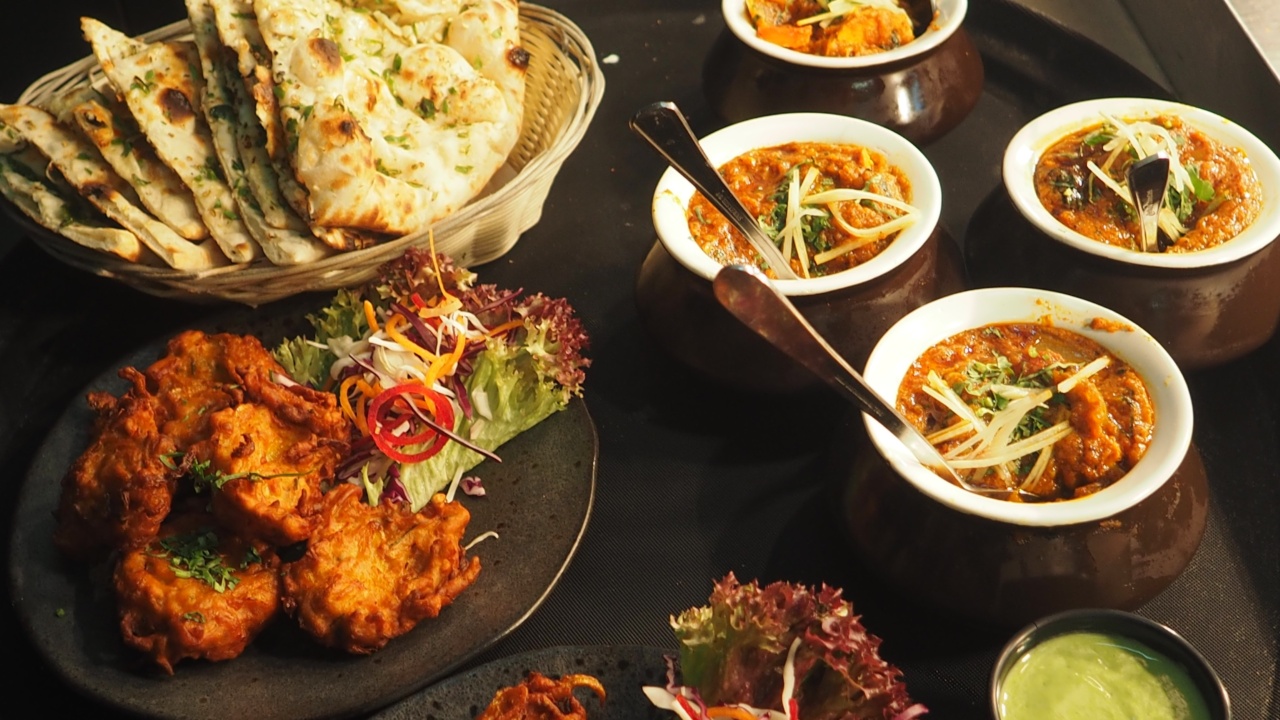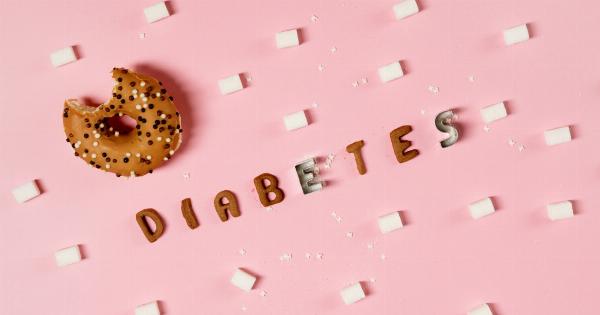Cancer is one of the leading causes of death worldwide, and various studies have shown a link between diet and cancer risk.
In recent years, there has been growing concern about the potential carcinogenic effects of consuming meat, particularly when cooked at high temperatures. This article aims to explore the research on reducing cancer risk associated with meat cooking methods and provide practical tips to minimize potential harm.
Understanding Carcinogens in Meat
When meat is cooked at high temperatures, several compounds with potential carcinogenic properties can be formed. One such group is heterocyclic amines (HCAs), which are produced when amino acids and creatine react at high heat.
Types of HCAs in Cooked Meat
There are several types of HCAs that have been identified in cooked meat, including:.
- 2-Amino-3,8-dimethylimidazo[4,5-f]quinoxaline (MeIQx)
- 2-Amino-3,4,8-trimethylimidazo[4,5-f]quinoxaline (DiMeIQx)
- 2-Amino-3,4,8-trimethylimidazo[4,5-f]quinoxalin-1-amine (DiMeIQx C-8)
- 2-Amino-1-methyl-6-phenylimidazo[4,5-b]pyridine (PhIP)
These HCAs have been shown to induce cancer in laboratory animals, and there is evidence suggesting they may have carcinogenic effects in humans as well.
The Role of Polycyclic Aromatic Hydrocarbons (PAHs)
Along with HCAs, another group of potential carcinogens found in meat are polycyclic aromatic hydrocarbons (PAHs).
PAHs are formed when fat and juices from meat drip onto hot surfaces or flames, causing smoke and flames to rise and deposit PAHs on the meat’s surface. When consumed, these compounds can pose a risk of cancer.
Minimizing HCA and PAH Formation
While it may be impossible to completely eliminate the formation of HCAs and PAHs when cooking meat, there are several cooking techniques that can significantly reduce their levels:.
1. Marinating
Marinating meat before cooking has been shown to reduce the formation of HCAs. Studies have found that marinades containing acidic ingredients such as vinegar, lemon juice, or wine can effectively reduce HCA formation by up to 90%.
The recommended marinating time is at least 30 minutes before cooking.
2. Partial Precooking
Partially precooking meat using methods such as boiling or microwaving for a few minutes before grilling or roasting can help reduce HCA formation.
This process can remove some of the substances that contribute to HCA formation and decrease cooking time on high heat, thus minimizing exposure to HCAs.
3. Choosing Lean Cuts and Trimming Fat
Fat dripping onto hot surfaces can lead to the formation of PAHs. Therefore, choosing lean cuts of meat and trimming visible fat before cooking can help reduce the production of PAHs.
4. Lowering Cooking Temperature
Cooking meat at lower temperatures can help reduce the formation of both HCAs and PAHs. Slow cooking methods like baking, stewing, or braising at lower temperatures can minimize the exposure to these potentially harmful compounds.
5. Avoiding Direct Flame and Smoke
Direct exposure of meat to flames and smoke can promote the formation of PAHs.
It is advisable to avoid direct contact of meat with open flames by using a grill rack or placing aluminum foil under the meat to prevent juices from dripping onto the heat source.
6. Using Alternative Cooking Methods
Consider alternative cooking methods such as steaming, poaching, or sous vide for meat preparation. These methods involve cooking meat in moist environments at lower temperatures, reducing the production of HCAs and PAHs.
7. Opting for White Meat and Fish
Compared to red and processed meats, white meats such as poultry and fish generally have lower levels of HCAs and PAHs when cooked. Choosing these alternatives can be a healthier option for reducing cancer risk associated with meat consumption.
8. Diversifying Your Plate
Instead of focusing solely on meat, aim for a well-balanced and varied diet. Increasing the portions of fruits, vegetables, whole grains, and legumes while reducing meat portions can help mitigate potential risks while providing essential nutrients.
9. Cooking Time and Meat Doneness
Extended cooking times and higher meat doneness levels have been associated with increased HCA and PAH formation. Cooking meat to lower doneness levels, such as medium-rare or medium, can reduce the exposure to these compounds.
10. Practice Safe Food Handling
Safe food handling practices should always be followed to minimize the risk of foodborne illnesses. This includes proper storage, thawing, and thorough cooking of meat to eliminate any potential pathogens that may be present.
Conclusion
While meat cooking methods can contribute to the formation of potentially carcinogenic compounds like HCAs and PAHs, adopting certain cooking techniques and making mindful choices can help reduce the associated cancer risk.
Incorporating marinating, partial precooking, using lean cuts, opting for alternative cooking methods, and diversifying the plate with a variety of foods are effective strategies to lower exposure to these harmful compounds. By following these guidelines and practicing safe food handling, individuals can enjoy meat while minimizing their cancer risk.





























